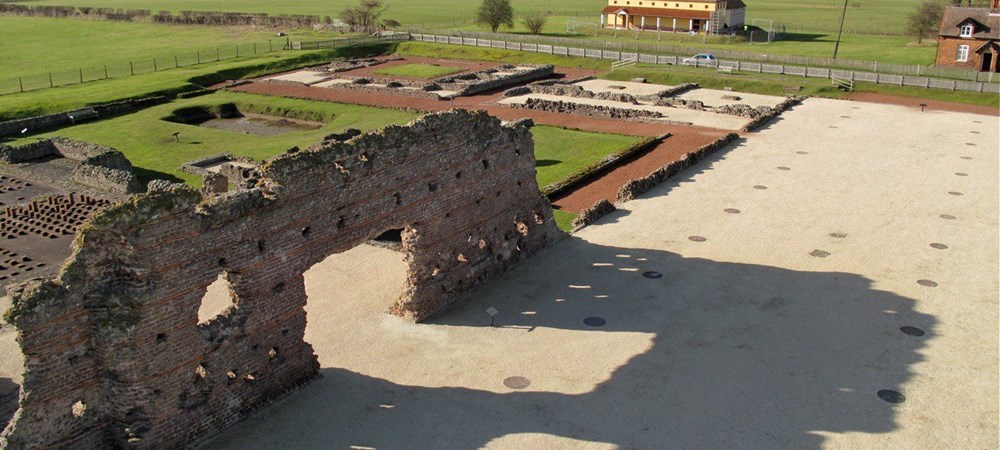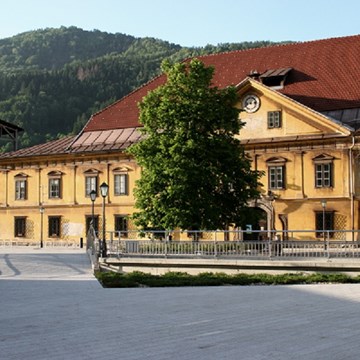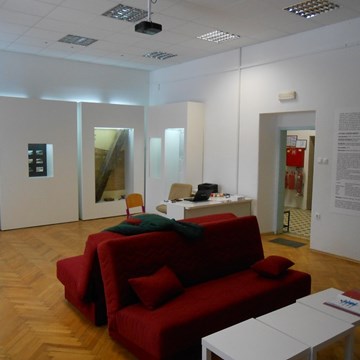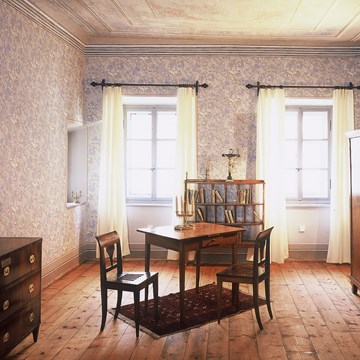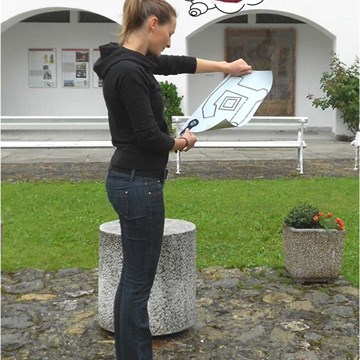Wroxeter Roman City
Wroxeter (or 'Viroconium') was the fourth largest city in Roman Britain. It began as a legionary fortress and later developed into a thriving civilian city. Though much still remains below ground, today the most impressive features are the 2nd century municipal baths, and the remains of the huge wall dividing them from the exercise hall in the heart of the city.
The site museum and audio tour reveal how Wroxeter worked in its heyday, and the health and beauty practices of its 5,000 citizens.
In February 1859 workmen began excavating the baths complex, and by April much of the present site was exposed and thronged with fascinated visitors, including Charles Dickens. Donated by the landowner for public viewing, Wroxeter thus became one of the first archaeological visitor attractions in Britain.
Thanks to a project between English Heritage and Channel 4, a Roman town house has been erected at Wroxeter and is now open to the public. A TV series started on Thursday 20 January and will run for six weeks, following a team of modern builders as they set about building the town house using traditional Roman methods.
Exhibitions and events
We don't have anything to show you here.
Educational programs
We don't have anything to show you here.
Collections
We don't have anything to show you here.


